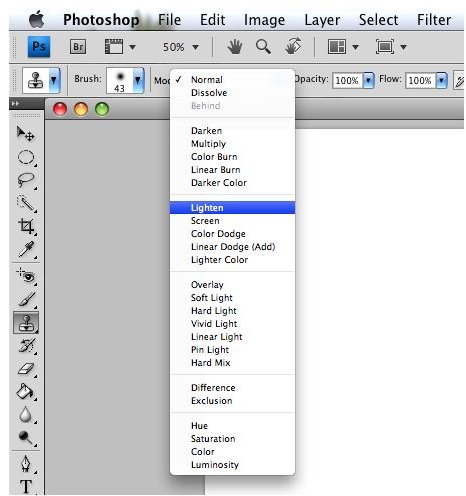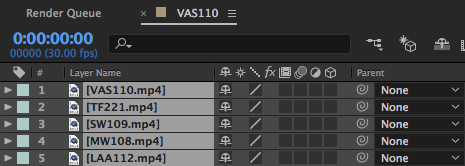


- #CLONE STAMP TOOL AFTER EFFECTS BLENDING LAYERS HOW TO#
- #CLONE STAMP TOOL AFTER EFFECTS BLENDING LAYERS SKIN#
#CLONE STAMP TOOL AFTER EFFECTS BLENDING LAYERS SKIN#
Try sampling from several different places to fill in an area.īe sure to also try the AI Skin Enhancer to remove blemishes in portraits. Try cloning at a low opacity and build-up strokes. Here are some practical tips to get better results using the Clone & Stamp tool. When happy with the pixel removal, click the Done button.Continue to examine the results and make additional strokes as needed. After each stroke, the screen blends, and updates to show the new pixels.Try blending multiple strokes together and lower the opacity of the brush for the best results. The sampled pixels are taken from the sample point and cover the unwanted pixels. You can also try small dabs and short strokes to get a blended look. Click and paint out the pixels you want to remove.When you find an area to Clone & Stamp, hold down the Option key (macOS) or Alt key (Windows) and click on a clear area near the damaged pixels or blemishes.Use the Zoom buttons and the Hand tool to explore the image’s details.Switch to the Clone & Stamp Tool by clicking the Canvas Tools group in the Edit Sidebar or pressing Cmd+J (macOS) or Ctrl+J (Windows).Open an image that needs cloning and stamping.Luminar offers feathered brushes to make the blending of strokes easier. This tool is easy to use and allows you to set a sample point (where the good pixels are taken from), and then paint into bad areas (to cover up damage or blemishes).

The Clone & Stamp tool works by replacing unwanted or damaged pixels with good pixels that you target. Moving Images from the Single Image Edits Collection to an Album.Reconnecting Missing Folders and Images.Useful Keyboard Shortcuts When Rating Images.Loading Additional Luminar Looks Collections.
#CLONE STAMP TOOL AFTER EFFECTS BLENDING LAYERS HOW TO#


 0 kommentar(er)
0 kommentar(er)
